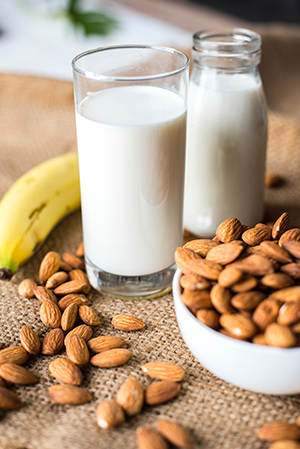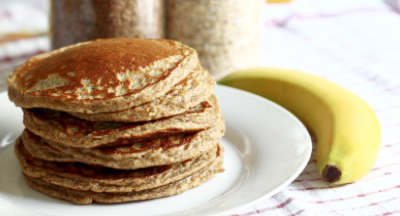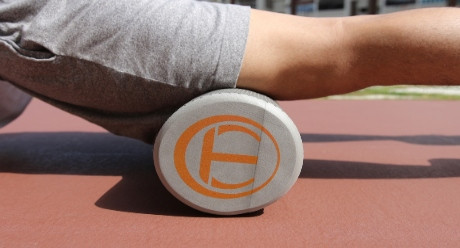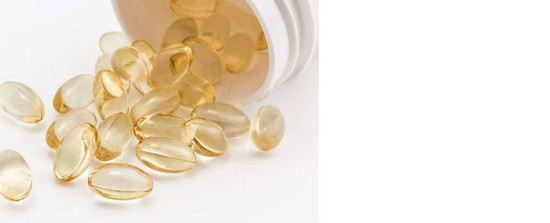 We’ve seen a huge trend in plant-based supplements and a wave of new plant-based diets, books, podcasts, you name it, people are thinking about leaving dairy, meat and other animals products behind. But why? And more importantly, is plant-based better for your overall health and fitness? In this article, we’re going to focus on protein supplements and compare the differences between whey and plant-based.
We’ve seen a huge trend in plant-based supplements and a wave of new plant-based diets, books, podcasts, you name it, people are thinking about leaving dairy, meat and other animals products behind. But why? And more importantly, is plant-based better for your overall health and fitness? In this article, we’re going to focus on protein supplements and compare the differences between whey and plant-based.
Whey Protein: What is it?
- Whey is one of the primary proteins in dairy products and is known as the main byproduct of cheese making. It’s considered to be a complete protein, containing all 9 essential amino acids.
- Those with lactose intolerance often take whey protein as it is low in lactose (when it’s separated from casein).
- It’s a popular protein supplement among athletes and individuals looking to build muscle.
- It often comes in powder forms and can be consumed in any way you’d like. We love adding a couple scoops into protein pancakes, smoothies, yogurt, or just with water or almond milk after a workout! We think it’s quite delicious.
3 Types of Whey
- Whey protein concentrate: This is the most common type of whey (and the cheapest). Concentrates typically have a low total carbohydrate content but still contain a substantial level of fat and cholesterol. It depends on the quality of concentrate, but typically they are only 29% to 89% protein by weight.
- Whey protein isolate: A more expensive type of whey that undergoes higher processing resulting in higher protein content and lower fat and lactose.
- Whey protein hydrolysate: This type is considered a "predigested" form of whey protein as it has already undergone partial hydrolysis - a process necessary for the body to absorb protein. It is often used in medical protein supplements and infant supplements due to its higher rate of digestibility.
Why should we take it?
- Helps improve muscle protein synthesis and promote the growth of lean tissue mass.
- This study suggests whey protein encourages weight loss and lower cholesterol.
- Affordable protein and easily absorbable protein alternative
Plant-Based Protein: What is it?
Protein sourced from good ol’ veggies, no animal products here. Some common sources of plant protein are pea protein, hemp, pumpkin, brown rice, wheat, and soy. These are either on their own or some protein companies incorporate a blend of various types.
Checklist to keep in mind:
- Organic.
- Complete protein source: not all plant-based powders are created equal, make sure you are covering all 9 essential amino acids.
- High-quality ingredients (and sustainably sourced!)
- Nutrient Dense.
- Check for sugar content, artificial ingredients, non-GMOs. Read the label!
Why should we take it?
- More easily digestible, and won’t cause bloating, an upset stomach or gas. This is true for most cases; however, everyone’s body responds differently. You’ll have to see what works best for you!
- Generally lower in cholesterol and sodium than animal protein sources.
- They’re far less likely to contain unnecessary ingredients. We go by the rule, the less ingredients the better, right? You want your nutrition to be as close to a whole food source as possible.
- They’re anti-inflammatory.
 The Best Protein Pancakes (for either Whey or Plant-Based!)
The Best Protein Pancakes (for either Whey or Plant-Based!)
Recipe:
- 1 cup oats
- 1 banana
- 2 eggs
- 1/2 cup egg whites
- 4 teaspoons baking powder
- a pinch of salt, a pinch of cinnamon
- 1-2 scoops protein powder
- 2 tablespoons flax meal
- All natural maple syrup, agave or honey for topping. If you’re feeling it, add some dark chocolate chips, blueberries, strawberries, or cherries.
Place all ingredients in a blender. Heat your griddle with coconut oil, and pour away! Each takes a minute or so on each side to cook based on your burner temperature. Enjoy!
 Free Shipping on all orders to the continental USA!
Free Shipping on all orders to the continental USA!










Follow Us